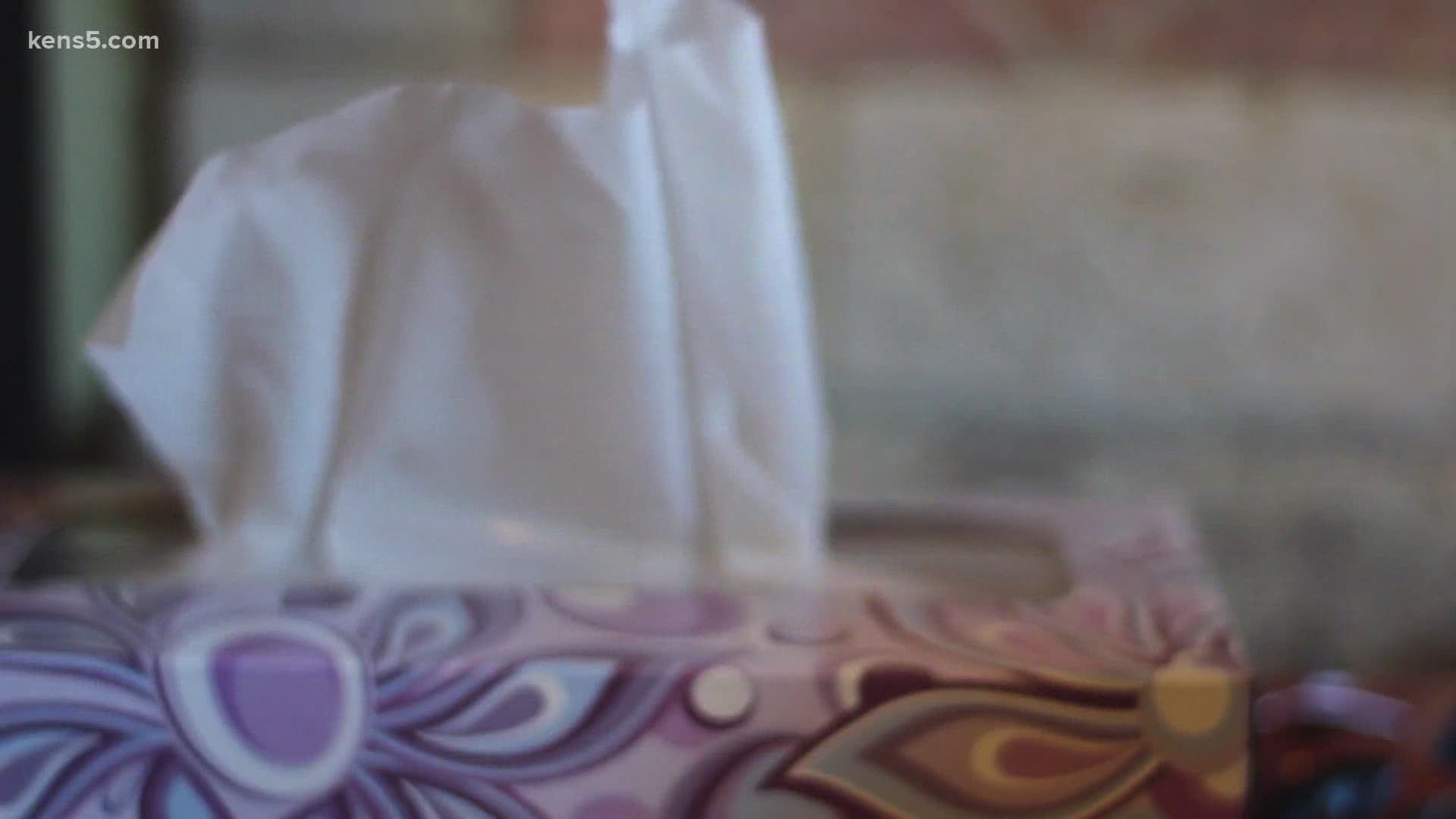SAN ANTONIO — Many people are already concerned about the coronavirus, but now Saharan dust could make matters worse.
Right now we are dealing with one batch of Saharan dust, and even with the rain it is still in the atmosphere and will still be here through the weekend.
One of the largest dust clouds in the past 50 years is expected to move into south Texas later next week, and with COVID-19 numbers exploding, that could worry anyone that starts having breathing problems.
Dr. Kirk Weibel, a board certified allergist with Aspire Allergy told us, "I hate to say patients are going to have a trifecta this weekend. It's going to be the Saharan dust, it's going to be COVID, and with the rain you were going to get molds in the air as well as the grass pollen we are seeing."
Richard Broyles, the Director of Respiratory Therapy at North Central Baptist Hospital added, "The common things we are seeing with all of those are coughing, shortness of breath, wheezing, difficulty breathing, increased sputum production."
So how do you tell the difference between the potentially deadly COVID-19, and allergies?
"The one difference that we are seeing, the difference between an allergen and the COVID itself is the virus COVID will actually produce a fever and with an allergy issue you won't produce a fever," Broyles said.
To avoid respiratory complications, wear a face mask to avoid breathing in the dust. To prevent the spread of germs, avoid the outdoors to limit exposure for the next two weeks until the dust clears, take allergy medications and use inhalers as directed by a physician. You should also monitor for symptoms that would be a sign of coronavirus especially a fever and see a physician immediately if symptoms persist or worsen.
"Whether its their primary care provider, family practice doc, or allergist to discuss is this COVID, is it my allergies, or is it the dust? And hopefully we can help that patient make the best decision," Dr. Weibel said.

